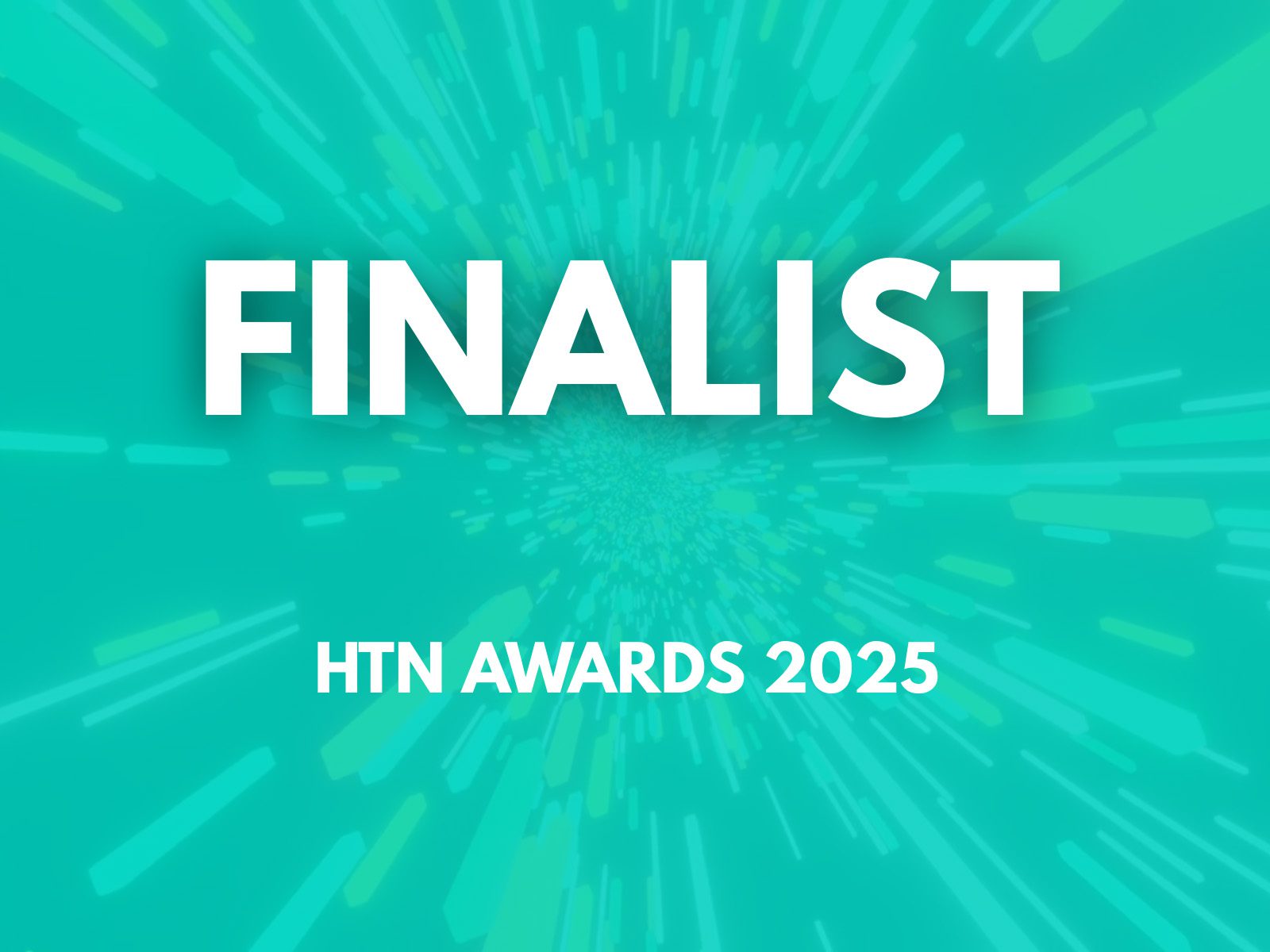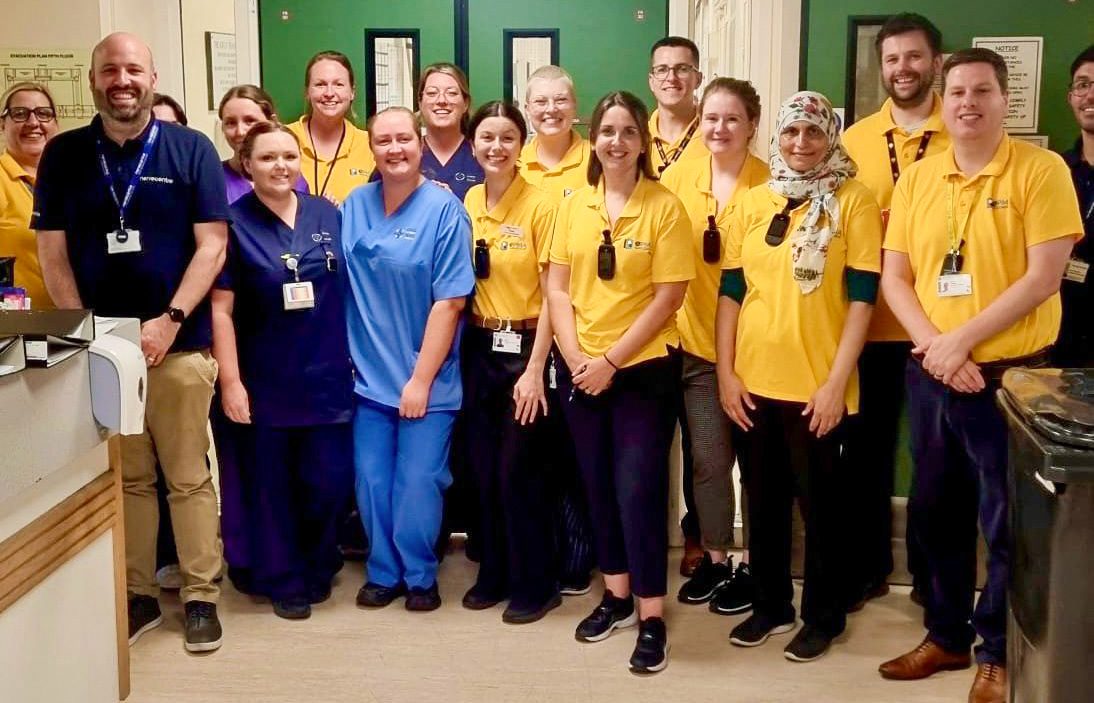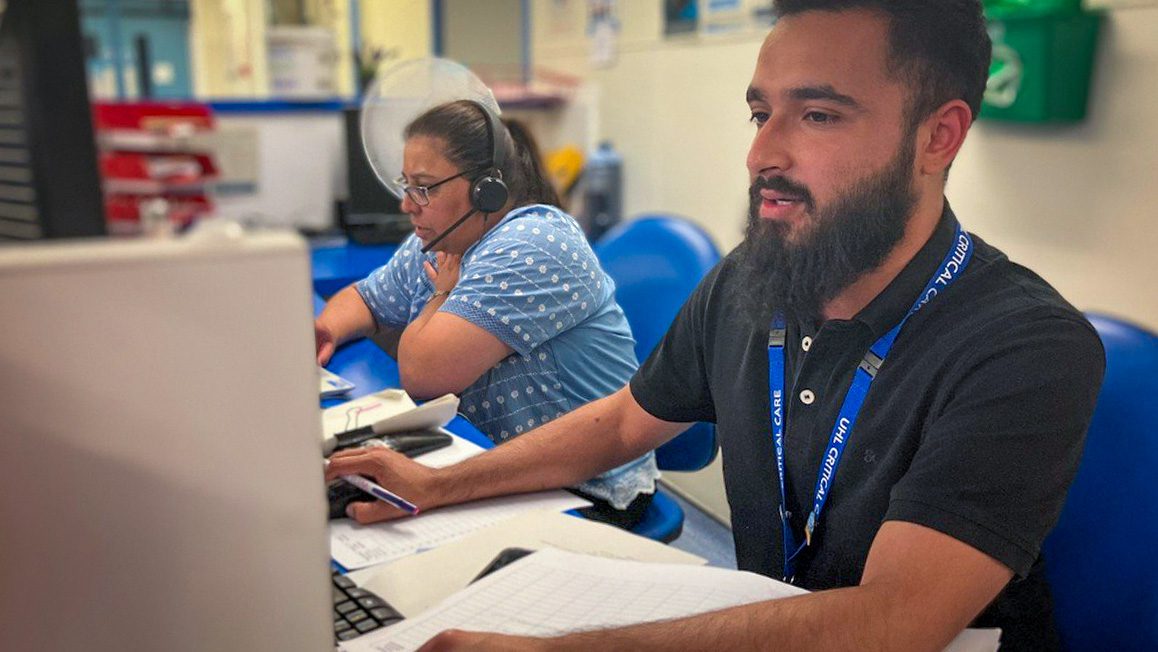I was really proud that 8 Trusts chose Nervecentre for Electronic Observations during the first rounds of the Nursing Technology Fund and the Safer Wards Fund. As a growing business it is important for us to reflect on what we are doing well as much as what we need to improve on. So, after talking to our NHS customers, here is why they chose Nervecentre ….
1. Clinical Engagement
As a ‘technologist’ it was great to hear confirmation that our software has compelling and innovative features but I’m delighted that actually the number one reason people chose Nervecentre was our people – in particular our clinical experience and clinical approach to projects. All of our deployments are managed by our Clinical Team, all of whom have many years of NHS nursing experience in acute hospitals. Our Clinical Director, Debbie Guy is especially passionate about her work and leads projects with a strong empathy for the challenges faced by the NHS whilst driving towards improved patient outcomes.
2. Escalations
One of our most well-known technical differentiators is how we handle escalations. The term Recognise and Rescue is often applied to the capture of vital signs, and clearly the most important step in the rescue process is the timely intervention by a doctor, outreach or senior nurse. This is most compelling when seen in a live ward, where a doctor can literally walk up to the patient seconds after a nurse has submitted observations for a deteriorating patient. This is also one of our most technically advanced capabilities – assuring delivery of escalations, knowing who to escalate to, cascading, and doing all of this 24/7. So, hearing from Trusts that we are getting this right is a big thumbs up to the team.
3. Full support for Paediatrics
If capture of vital signs is important for adults then it has to be just as important for children. Nervecentre actually developed our electronic observations capability for paediatrics first, before developing for adults, aided by the excellent clinical team at Nottingham University Hospitals who are thought leaders in PEWS. Managing the significant complexities of paediatric charts has helped us to accommodate the adult variations in circumstance, such as chronic conditions or end of life pathways. Nervecentre is now fully live at NUH Children’s Hospital and the rollout is underway at Great Ormond Street Hospital for Children.
4. Electronic Handover
There is a lot of focus upon Electronic Observations at the moment; however Trusts tell us that driving a safer handover is at least as impactful, if not more so, in terms of improving patient outcomes. All of the Trusts that chose Nervecentre for Electronic Observations chose Handover too, and this allows the clinical staff to be truly paperless in the ward, instead of carrying a mobile device and a paper handover sheet. By allowing handover notes to be updated at the bedside, real-time information is shared across the whole MDT improving safety, avoiding duplication and ensuring clinicians are making decisions using the most up-to-date information, wherever they are.
5. Development approach
Our willingness to develop Trust specific features and our fast pace of innovation are often cited as reasons for choosing Nervecentre. Every hospital is different, in terms of its priorities, processes and technologies; and Trusts need to know that the systems they choose will adapt to their future needs. Almost all Trusts that choose Nervecentre have some specific developments they would like us to take on; sometimes minor and sometimes major features; and we always like to say “yes”. At the same time we continue to innovate; with some major new features planned for the first half of 2015. I’m particularly excited about the approach we are taking for Safer Staffing. But more about that later!
I am looking forward to working with more NHS Trusts following the second round of the Nursing Technology Fund and applying all the lessons learnt and feedback from the last 12 months to provide even more innovative and patient safety focused solutions.
Paul Volkaerts
Managing Director, Nervecentre





